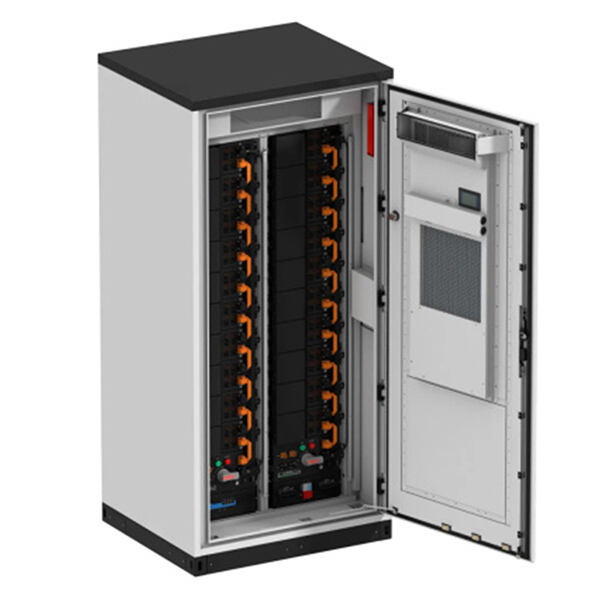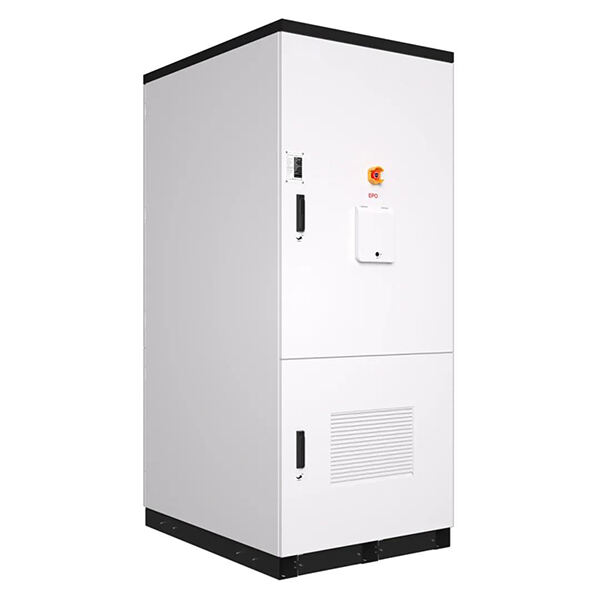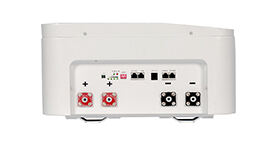The difference between air cooling and liquid cooling in energy storage system
In the design and application of energy storage system,heat dissipation technology is the key factor to ensure the stable operation of the system.At present,air cooling and liquid cooling are the two most mainstream methods of heat dissipation.What's the difference?This article will introduce in detail.
Difference one: the heat dissipation principle is different
Air cooling relies on air flow to take away heat,so that the surface temperature of the equipment is reduced,and the heat dissipation effect will be affected by factors such as ambient temperature and air circulation.Air cooling requires that there be a certain gap between the components of the equipment as an air duct,so the volume of the air-cooled cooling equipment is often larger.In addition,due to the air duct and the need to do heat exchange with the outside air,the structure is often unable to achieve a relatively high level of protection.
Liquid cooling is to reduce the internal temperature of the equipment through liquid circulation,requiring that the heating equipment components need to have good contact with the heat dissipation plate,and at least one side of the heat dissipation device is smooth and regular.The heat exchange of liquid cooling temperature control is ultimately lost to the outside world through the liquid cooling machine,because the equipment itself is equipped with liquid,so the liquid cooling equipment can achieve a relatively high level of protection.
Difference two: Different application scenarios
Air cooling is widely used in energy storage systems of all sizes and types,especially in outdoor environments with better applicability.It is currently the most widely used cooling technology,such as industrial refrigeration,communication base stations,data centers,temperature control scenarios,etc.Its technical maturity and reliability have been widely verified,especially in low and medium power scenarios,air cooling still occupies a mainstream position.
Liquid cooling is more suitable for large-scale,high energy density energy storage projects.The advantages of liquid cooling are particularly obvious when the battery pack energy density is high,the charge and discharge speed is fast,and the ambient temperature changes are large.
Difference three: the heat dissipation effect is different
The heat dissipation effect of air cooling is easily affected by the external environment,such as ambient temperature and air flow,so the heat dissipation demand for high-power equipment may not be met.The heat dissipation effect of liquid cooling is better,which can effectively control the internal temperature of the equipment,improve the stability of the equipment and extend the service life.
Difference four: the complexity of the design
The design of air cooling is relatively simple and intuitive,mainly focusing on the installation of cooling fans and the design of air circulation paths.Its core lies in the configuration of air conditioning and air ducts to achieve effective heat exchange.
Relatively speaking,the design of liquid cooling is more complex,involving the overall layout of the liquid circulation system,the selection of the pump,the circulation of the coolant and the long-term maintenance of the system.
Difference five: Different costs and maintenance
The upfront cost of air cooling is low and maintenance is simple.However,because the protection level is not above IP65,it may lead to dust accumulation in the equipment,which needs to be cleaned regularly,and will increase maintenance costs.
The initial investment cost of liquid cooling is high and the liquid circulation system needs to be maintained.However,due to the liquid isolation in the equipment,its safety is higher,and the coolant needs to be tested regularly due to its volatility.
Difference six: operating power consumption is different
The power consumption composition of the two is different,air cooling mainly includes the power consumption of air conditioning and electric warehouse fan.Liquid cooling is mainly the power consumption of liquid cooling units and electrical bin fans.If under the same conditions,in order to maintain the same temperature,the power consumption of air cooling is usually lower than that of liquid cooling.

Industrial and commercial light storage machine (air cooled)
Difference 7: Different space requirements
Air cooling may take up more space due to the need to install fans and radiators.Relatively speaking,the liquid cooled radiator is smaller and can be more compact design,so the demand for space is more flexible and can effectively save space.Such as 125kW/233kWh industrial and commercial liquid cooling energy storage system,the use of integrated highly integrated design,covers an area of only 1.3 square meters,can greatly save space.

Industrial and commercial liquid cooling energy storage system
Sum up
In summary,the application of air cooling and liquid cooling in the energy storage system has advantages and disadvantages,and the choice of which needs to be determined according to the specific application scenario and demand.If cost and heat dissipation efficiency are key factors,liquid cooling may be more suitable.If you consider easy maintenance and environmental adaptability,air cooling is more advantageous.Of course,it can also be mixed according to the specific situation to achieve better heat dissipation effect.
Hot News
-
Meet ANBOSUNNY at RENWEX 2024
2024-06-18
-
Anbosunny Successfully Participated in Solar & Storage Live Philippines 2024
2024-05-23
-
Meet us at The Future Energy Show Philippines 2024
2024-05-16
-
Anbosunny Successfully Participated in Solar & Storage Live South Africa 2024
2024-03-22
-
Exciting News! Anbosunny to Showcase Cutting-Edge Home Energy Storage Solutions at Major Trade Shows in 2024
2024-03-18
-
The booming European home solar market: Opportunities for Chinese companies
2023-12-22
-
Ningbo Anbo Showcases Renewable Energy Innovations at Riyadh Solar & Future Energy Shows
2023-11-01

 EN
EN
 AR
AR
 BG
BG
 HR
HR
 CS
CS
 DA
DA
 NL
NL
 FI
FI
 FR
FR
 DE
DE
 EL
EL
 HI
HI
 IT
IT
 JA
JA
 KO
KO
 NO
NO
 PL
PL
 PT
PT
 RO
RO
 RU
RU
 ES
ES
 SV
SV
 TL
TL
 ID
ID
 UK
UK
 VI
VI
 TH
TH
 FA
FA
 AF
AF
 MS
MS
 BE
BE
 BN
BN
 LO
LO
 NE
NE
 MY
MY
 KK
KK
 SU
SU
 UZ
UZ
 KY
KY
 XH
XH









